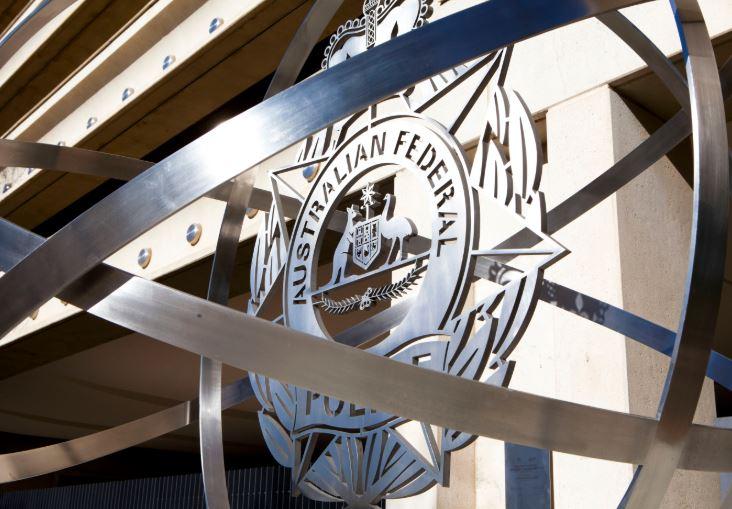
In some ways, 2018 was quieter for Australian counterterrorism than the preceding years, as the tempo of arrests slowed. Eight people in Australia were charged with terrorism-related offences, which was fewer than in any year since 2014.
However, the year also saw significant counterterrorism developments. These included terrorist attacks inside Australia, the resolution of several counterterrorism prosecutions, the use of new powers, and the introduction of new laws. I outline these developments in my contribution to ASPI’s Counterterrorism yearbook 2019, which also covers a range of challenges facing counterterrorism authorities.
Islamic State inspired the bulk of the terrorist activity that Australia has encountered since 2014, and two violent attacks showed that that continued to be the case in 2018.
On 9 February, 24-year-old Bangladeshi student Momena Shoma stabbed her host in Melbourne’s Mill Park. The victim survived and Shoma pleaded guilty to a terrorism offence, declaring that she had been inspired by IS and had interacted with the group through Facebook. This was Australia’s first IS-inspired attack by a female perpetrator, and also the first by someone who entered Australia specifically to carry out an attack.
The next attack occurred on 9 November, when 30-year-old Hassan Khalif Shire Ali drove a utility vehicle laden with gas canisters into Melbourne’s pedestrian-filled Bourke Street. He set the vehicle on fire in a failed attempt to ignite the gas and then stabbed nearby members of the public, murdering one person and severely injuring two others. Police officers arrived within 90 seconds and, after Shire Ali repeatedly ran at them with his knife, shot him fatally. Police believe that IS inspired the attack.
The terrorist threat to Australia therefore proved deadly in 2018, as it had the previous year; 2017 similarly saw a fatal terrorist attack in Melbourne, along with four Australians killed by terrorists in Baghdad, Barcelona and London.
Many counterterrorism prosecutions were resolved last year. Three IS supporters in Sydney, Raban Alou, Talal Alameddine and Milad Atai, were sentenced for their role in the October 2015 murder of NSW police employee Curtis Cheng. Two Sydney men, Mehmet Biber and Muhammed Abdul-Karim Musleh, were sentenced for being involved in the Syrian conflict, while Adelaide woman Zainab Abdirahman-Khalif was found guilty of being an IS member.
The bulk of the counterterrorism prosecutions resolved in 2018 involved plots that were disrupted by authorities before they could cause harm. Tamim Khaja, Agim Kruezi, Ibrahim Abbas, and two teenage boys known only as AH and HG, were sentenced over their involvement in terrorist plots. Alo-Bridget Namoa, Sameh Bayda, Omarjan Azari, Hamza Abbas, Abdullah Chaarani and Ahmed Mohamed were all found guilty of being involved in terrorist plots, but were not sentenced before the end of 2018. These prosecutions accounted for seven different terrorist plots, occurring across Melbourne, Sydney and Canberra, between 2014 and 2016.
Some of these plots were on a relatively small scale, while others included an ambitious plan to kidnap and murder random members of the public in Sydney under instructions from a Syria-based Australian member of IS, and a plot to detonate improvised explosive devices at popular locations around Melbourne’s Federation Square.
Some suspects who were beyond the reach of law enforcement had their Australian citizenship revoked. Before 2018, the only Australian subjected to this power was Khaled Sharrouf. In 2018, Home Affairs Minister Peter Dutton announced that 11 more Australians had lost their citizenship due to alleged involvement with IS. One of these was Neil Prakash, whose citizenship revocation has since become controversial, but the names of the others have not been made public.
Another counterterrorism power used in 2018 was the NSW Terrorism (High Risk Offenders) Act 2017, which places restrictions on released prisoners considered to pose a terrorism threat after they have served their sentences. The New South Wales government used the power at least five times during 2018, against Ahmed Elomar, Ricky White, Greg Ceissman, Mohamed Naaman and one unnamed individual.
New legislation was also passed in 2018. The federal parliament passed the Home Affairs and Integrity Agencies Legislation Amendment Bill 2018 on 9 May, which (among other measures) transferred responsibility for ASIO from the attorney-general to the home affairs minister, who is now responsible for almost all federal domestic counterterrorism efforts. The Counter-Terrorism Legislation Amendment Bill (No. 1) 2018, passed on 16 August, amended a range of existing powers, such as control orders, preventive detention orders, declared areas offences, and questioning powers. The Telecommunications and Other Legislation Amendment (Assistance and Access) Bill 2018, passed on 6 December, gave law enforcement and security services greater powers to circumvent encryption.
State parliaments also passed new legislation, such as Western Australia’s Terrorism (Extraordinary Powers) Amendment Bill 2018, Victoria’s Justice Legislation Amendment (Terrorism) Bill 2018 and Tasmania’s Terrorism (Restrictions on Bail and Parole) Bill 2018. These laws were passed in response to internal reviews and a Council of Australian Governments decision in October 2017 to seek greater national consistency in counterterrorism laws. The changes included new limits on bail and parole, and adjustments to the scope for police use of lethal force and preventive detention.
But that’s only part of the picture. As outlined in the ‘Australia’ chapter of the yearbook, there have been several other developments, including more efforts to manage ‘fixated’ threats and radicalised prisoners. Counterterrorism authorities face a range of challenges ahead, including the increased involvement of children in terrorist acts. The chapter also explores the ways in which counterterrorism efforts are complicated by the changing nature of the terrorist threat and by political dynamics.